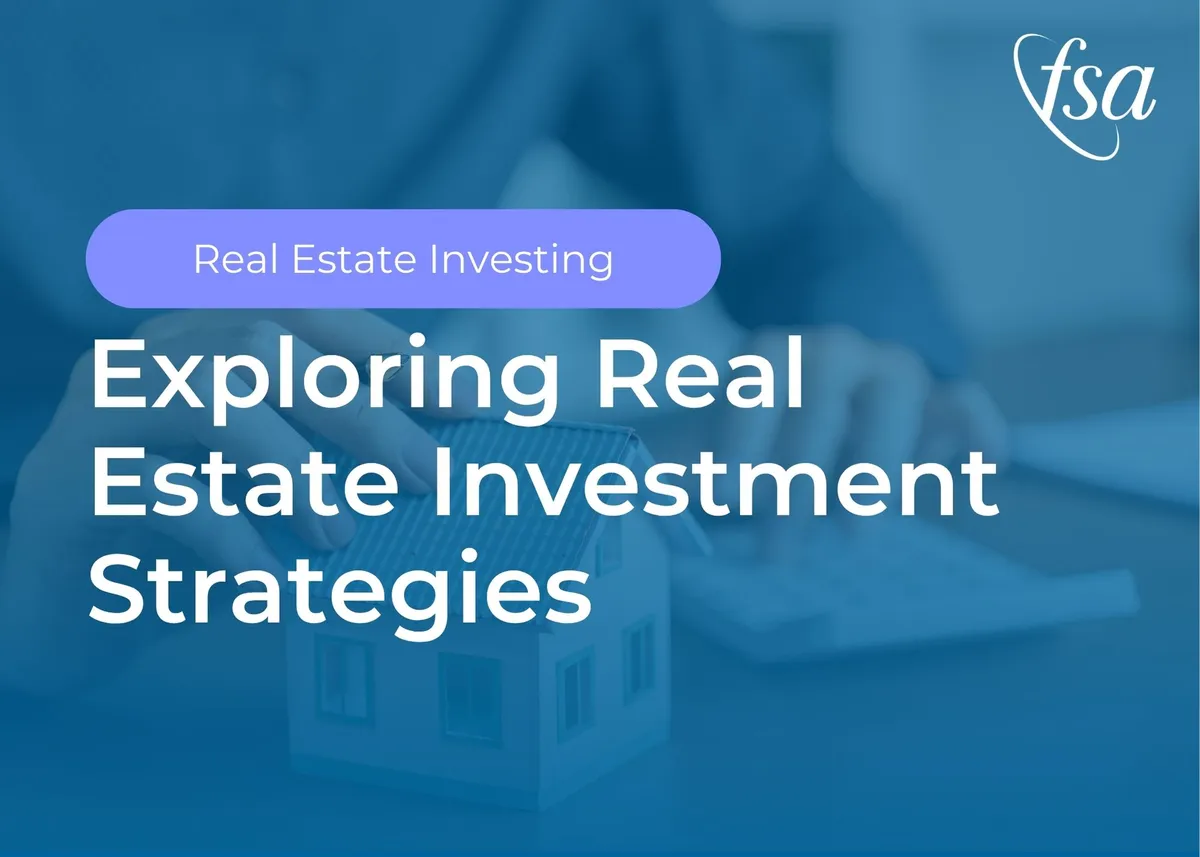Retirement Income
One of the trickiest – and most important – issues facing retirees is figuring out how much they can safely withdraw from their retirement portfolio each year without running out of money somewhere down the road.
Why is it so complicated? Because there’s a lot we just don’t know. No one can predict how the markets will perform, how much a portfolio will grow over time, or what future inflation or tax rates will look like. Maybe most importantly, none of us know how long we’ll live. If you assume you’re going to die next year, you could spend your entire retirement fund this year without a second thought. But if you break records and live to 126, that same portfolio might need to stretch quite a bit.
The most sophisticated research on the topic comes from William Bengen, who published an influential article in 1993 that looked at how much retirees could afford to spend each year, inflation-adjusted, if they had retired in each month since 1926, assuming a 30-year retirement. His initial conclusion over thousands of actual retirement trajectories was that, in the worst case, you could live off of 4% of the initial portfolio amount in the first year, adjusted for inflation thereafter, and still have a bit of money left over.
But that 4% figure was a worst-case scenario, which befell those unfortunate retirees who left work right at the start of the stagflation period and who experienced the full brunt of the market downturns of the 1970s. (One interesting aspect of the research was that inflation was a bigger threat to retirement portfolio sustainability than bear markets.) In every other time period, people could have been more adventurous with their spending, in some cases up to 10% of that initial portfolio.
The 4% rule is just that – a rule of thumb. At FSA, we calculate an initial withdrawal rate based on each client’s specific situation and then revisit it each year as things change: markets, inflation, spending needs, and more. We also know that over time, retirement income usually needs to keep pace with inflation, so we treat this as an ongoing, year-by-year conversation.
In many ways, creating a sustainable retirement income plan is more complex than saving for retirement in the first place. That’s why having objective advisors in your corner can make a big difference as you navigate the ever-evolving puzzle of retirement.
Click here to read more articles: From Our FSA Family, The Markets Go on Sale, Turning Losses to Your Gain, New Budget: What It Means, Tariff Talk: What Are They, Dollar Decline and Some Not-So-Pleasant Implications, and Why Are Eggs So Expensive
FSA’s current written Disclosure Brochure and Privacy Notice discussing our current advisory services and fees is available at www.fsawealthpartners.com/disclosures or by calling 301-949-7300.




